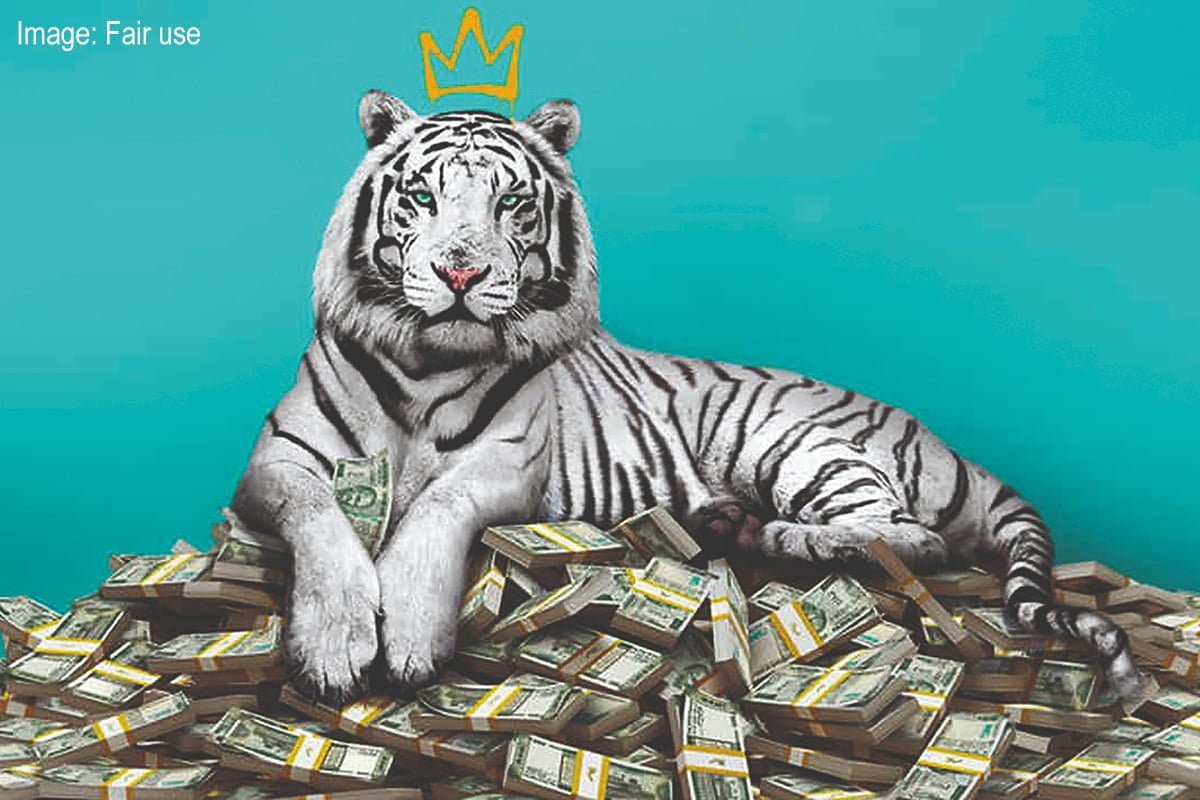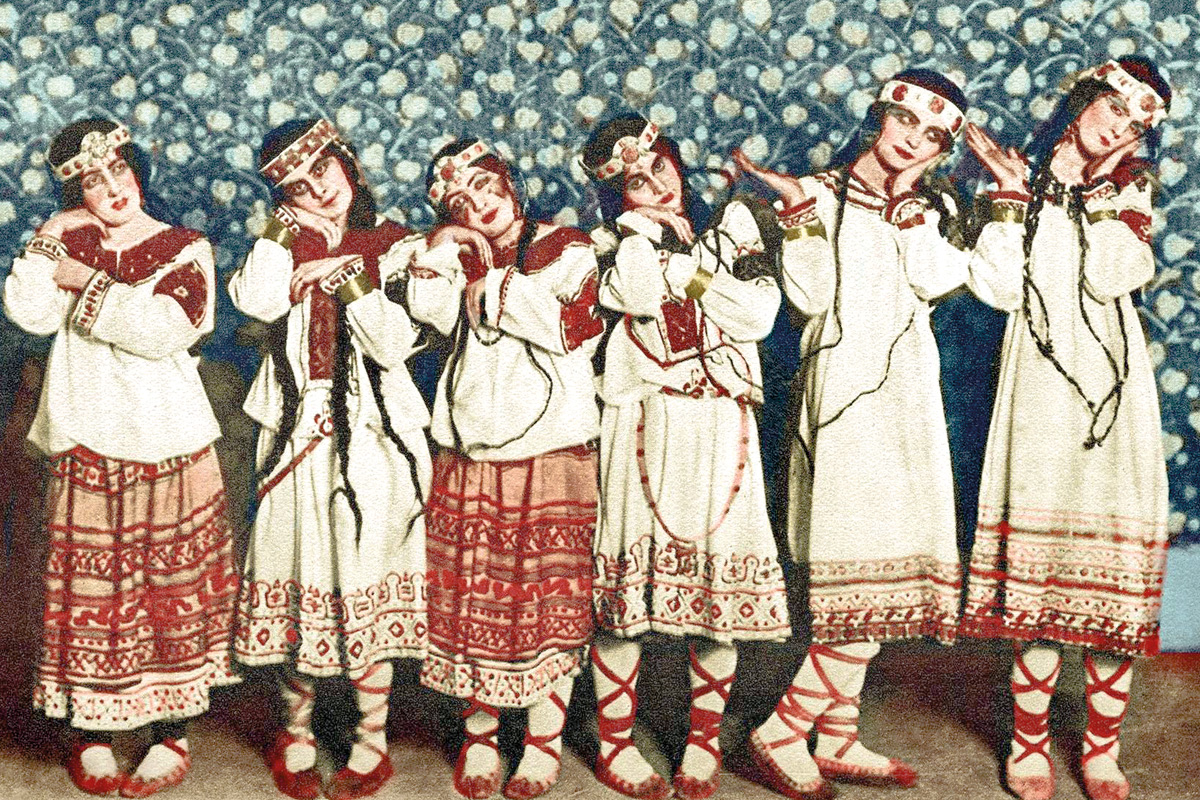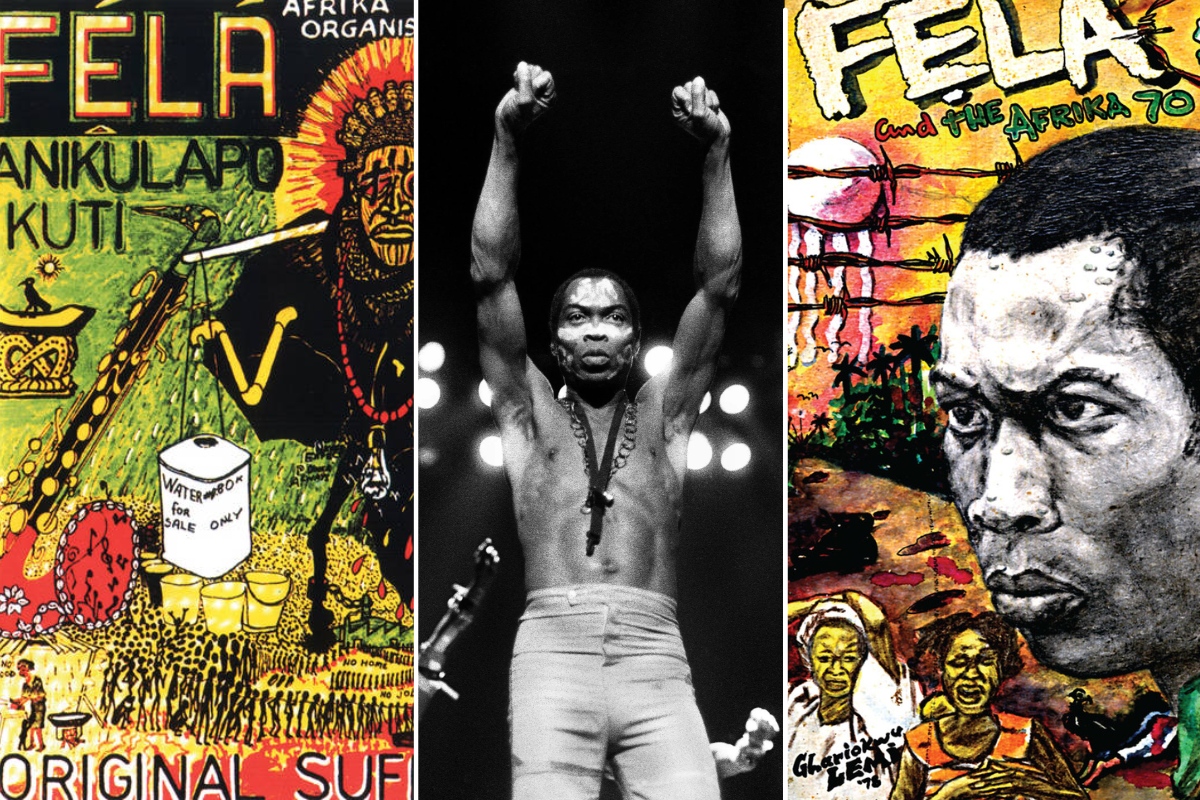Adapted from the book of the same name, new Netflix film ‘The White Tiger’ depicts the brutality of Indian capitalism from the perspective of those at the bottom of society – the same Indian masses who are now moving into action.
Aravind Adiga’s 2008 Man Booker prize-winning debut novel The White Tiger has now been turned into a film, currently being screened on Netflix.
Fans of the book will be pleased to learn that the film sticks fairly closely to its original storyline. Directed by Ramin Bahrani, it is a painfully graphic account of the lives of masters and servants in modern India.
The film is set in the late 2000s, almost 20 years into the market liberalisation of the Indian economy. The myths of Indian capitalism, democracy, and the so-called ‘Asian Century’ are mocked throughout the film, comparing this to the realities of the characters’ lives.
In doing so, The White Tiger brilliantly depicts the ruthlessness of the ruling class, as well as the brutal conditions faced by hundreds of millions of India’s poor.
The rooster coup
 The film’s main character is Balram Halwai – a bright, intelligent young boy from the village of Laxmangarh in one of India’s poorest states, Bihar. His teacher, recognising his intelligence, offers a scholarship to transfer him to a well-funded school in Delhi.
The film’s main character is Balram Halwai – a bright, intelligent young boy from the village of Laxmangarh in one of India’s poorest states, Bihar. His teacher, recognising his intelligence, offers a scholarship to transfer him to a well-funded school in Delhi.
Balram is prevented from taking up this offer, however, as his indebted father becomes terminally ill due to his years as a cycle rickshaw driver. Balram is therefore forced down an all too familiar path, into a life of servitude, to pay off family debts owed to the village landlord and coal baron, known as the Stork.
Our protagonist’s whole upbringing teaches him to be a servant. It is, as he says, hammered into his skull. The film graphically shows this: from the physical punishments he is given; to his hunched back, mindset, and mannerisms.
Balram knows by instinct to fear his masters and do anything for them. Despite the proximity to the wealth he serves, he is tied by a thousand threads to a life of servitude: by debt; by his family bonds; and – most powerfully – by his own consciousness, forged and reinforced through the daily conditions and social structures that he lives under.
Throughout his narration, Balram uses the metaphor of roosters trapped in wire-mesh cages in Old Delhi to explain his predicament. These roosters know they are trapped; and they can see the butcher chopping the heads off their fellow roosters right in front of them. They know the tragedy that awaits them. Yet they remain absolutely calm in their cages.
This, Balram says, is a metaphor for the hundreds of millions of Indians trapped like him: serving their masters; unable to choose their own fate; stuck forever in the darkness.
Liberal India
 Balram sees a way out of what he calls ‘the darkness’ through the Stork’s son, Mr Ashok, who has just returned from studying in New York City.
Balram sees a way out of what he calls ‘the darkness’ through the Stork’s son, Mr Ashok, who has just returned from studying in New York City.
Unlike his father, Mr Ashok represents a modern liberal India. When greeting Balram, who wishes to be his driver, Ashok even reaches out to shake the hand of his lower caste counterpart, as if an equal. But the Stork abruptly stops him from doing so.
After earning a place as Ashok’s driver, we are introduced to Pinky, played by Priyanka Chopra. As Ashok’s American-born wife, she is the kindest to Balram, even asking him what his dreams are. But despite this shallow veneer of kindness shown to Balram, his journey cruelly shows him that all the masters – in the end – maintain the same interests.
The main preoccupation of the Stork’s family is bribing politicians. This includes the party of so-called ‘great socialists’, which is referenced throughout the film.
Balram is taught as a child that the message of the ‘great socialist’ is that “any poor boy in any forgotten village can grow up to become prime minister of India”. Yet Balram drives around Delhi for his masters to bribe politicians of all political shades.
En route, they frequently drive past a famous statue of Mahatma Gandhi leading the poor masses to ‘freedom’. The glaring discrepancy between the ideal and reality of Indian bourgeois democracy slowly begins to infuriate Balram.
The ‘great socialist’ likely references Indira Gandhi – although this could represent many of India’s so-called ‘socialist’ politicians. From the Janata Party’s Lalu Prasad Yadav, to the leaders of India’s Communist Parties: all have been involved in corruption scandals; and all supported India’s market liberalisation.
Warning to the billionaire class
One of the most prophetic lines Balram shares on becoming the ‘White Tiger’ is: “I’m just one who has woken up while the rest of you are still sleeping.”
In 2021, millions more are waking up. In the last few years, India has seen some of the largest movements of workers, farmers, and peasants in human history.
Since the start of the COVID-19 pandemic, 122 million have become unemployed. At the same time, India’s billionaires have increased their wealth by a staggering 35%.
India’s masses are stirring. Once mobilised, organised and conscious, there will be no force on earth that will stop them from breaking free of their chains.






